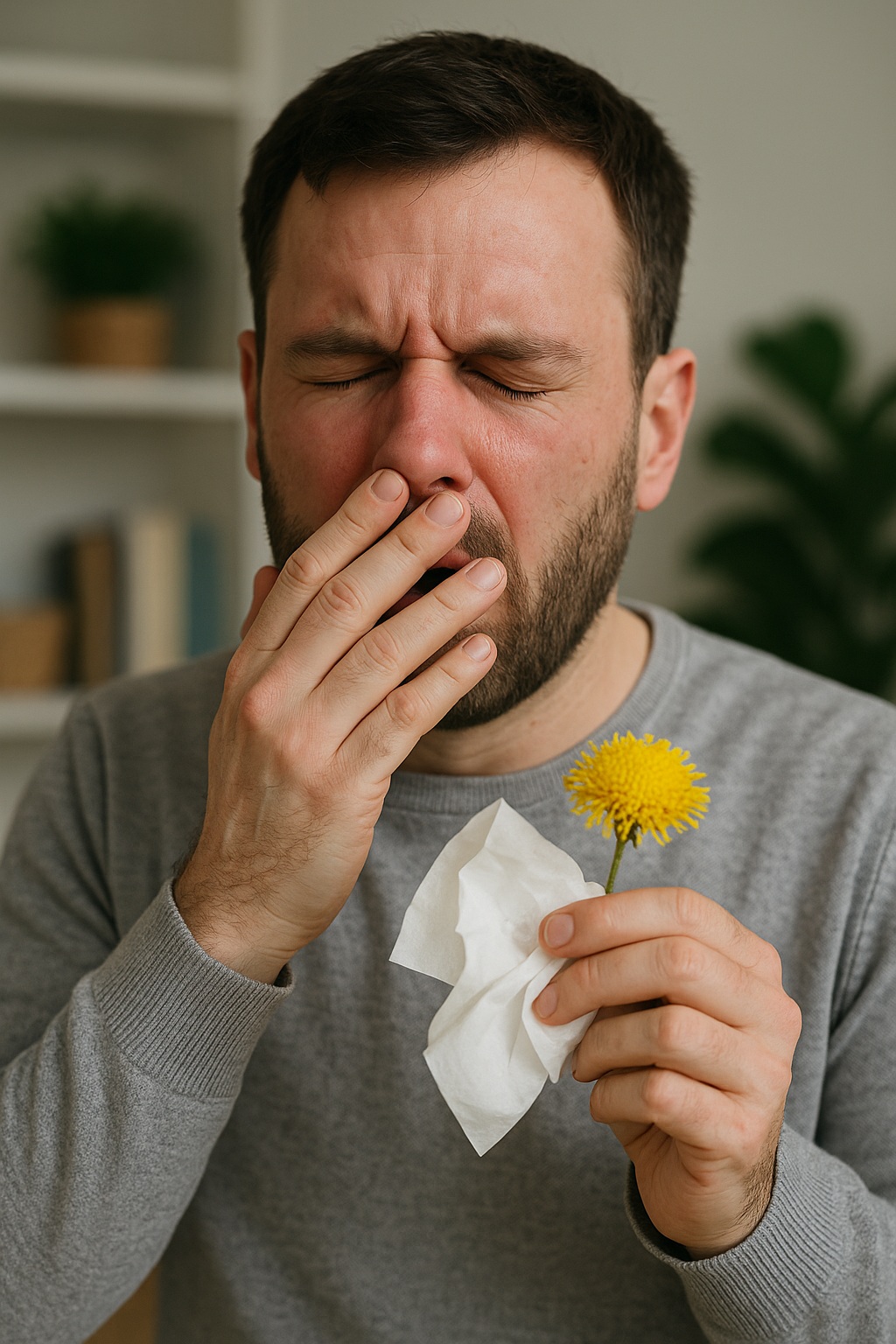Environmental Allergies and Their Treatment Approaches
According to the NIH, allergic diseases impact over 50 million Americans. Among them, environmental allergies are especially common, with more than 17 million new hay fever cases diagnosed in the U.S. each year. These allergies result from an overreaction of the immune system to substances like pollen, dust, mold, pet dander, and environmental toxins. This immune response triggers inflammation and releases histamines and leukotrienes, leading to symptoms such as sneezing, watery and itchy eyes, nasal congestion, headaches, runny nose, and in some cases, sinusitis.
How Western Medicine Treats Allergies
Western medical approaches typically involve three strategies:
- Antihistamines or Anti-leukotrienes – These drugs, including over-the-counter options like Claritin and Benadryl or prescription medications like Allegra and Singulair, aim to block the chemical reactions that cause symptoms.
- Nasal Steroids – Products such as Nasonex and Flonase help reduce inflammation and swelling caused by histamine release.
- Allergy Injections (Immunotherapy) – Some patients undergo a long-term injection protocol to gradually desensitize the immune system to specific allergens.
While effective for some, these treatments can cause side effects like drowsiness, dry mouth, or sleep disturbances. Immunotherapy requires a significant time investment (often 3–5 years) and doesn’t work for everyone.
How Oriental Medicine Treats Allergies
Oriental Medicine takes a holistic and personalized approach using acupuncture, herbal remedies, and targeted nutrition to rebalance the immune system.
In a randomized controlled trial, researchers tested true acupuncture versus sham acupuncture in children with persistent allergic rhinitis. The results showed that true acupuncture significantly reduced symptoms and increased symptom-free days.¹
Another 2004 study involving 52 patients with chronic seasonal allergic rhinitis compared a group treated with sham acupuncture and non-specific herbal formulas against a group receiving standardized acupuncture and prescribed Chinese herbal decoctions. The second group experienced an 85% improvement, compared to 40% in the control group. They also reported significantly better outcomes on both the Visual Analogue Scale (VAS) and the Rhinitis Quality of Life Questionnaire.²
Oriental treatments are tailored to each patient’s specific symptoms. Studies show that combining personalized herbal prescriptions with acupuncture enhances results and reduces overall treatment costs. With the right herbal support between sessions, patients often need fewer acupuncture visits.³
References
- Ng DK, et al. A Double-Blind, Randomized, Placebo-Controlled Trial of Acupuncture for the Treatment of Childhood Persistent Allergic Rhinitis. Pediatrics. 2004;114(5):1242–1247.
- Brinkhaus B, et al. Acupuncture and Chinese Herbal Medicine in the Treatment of Patients with Seasonal Allergic Rhinitis: A Randomized-Controlled Clinical Trial. Allergy. 2004;59(9):953–960.
- Lao L, et al. Is Acupuncture Safe? A Systematic Review of Case Reports. Altern Ther Health Med. 2003;9(1):72–83.
